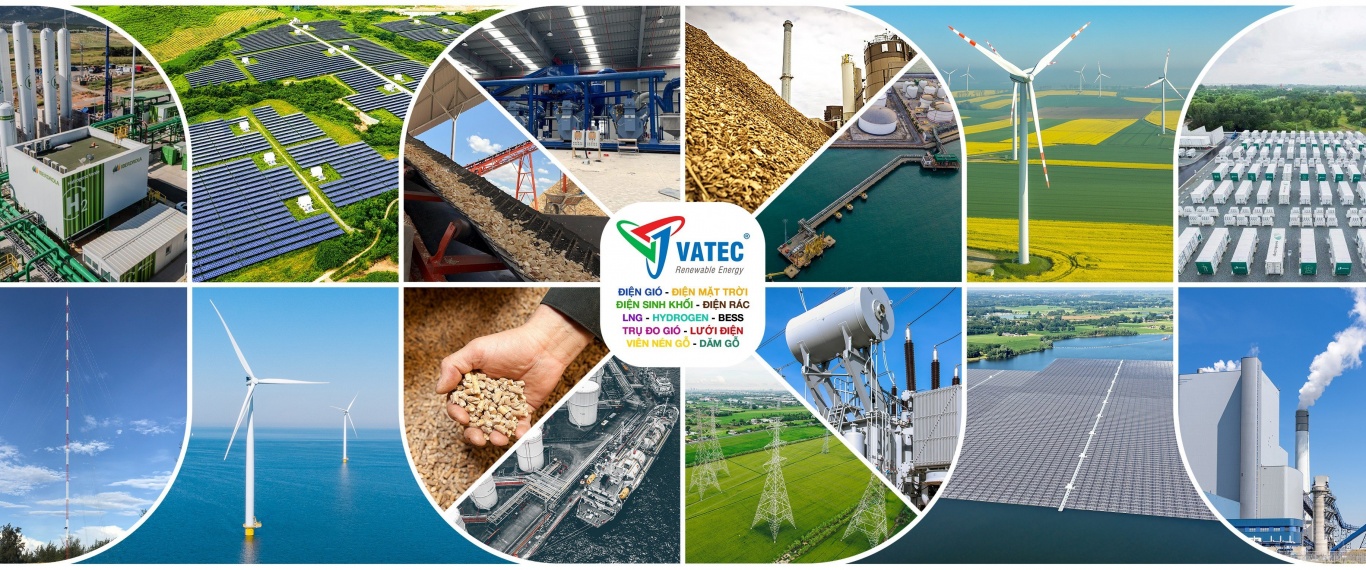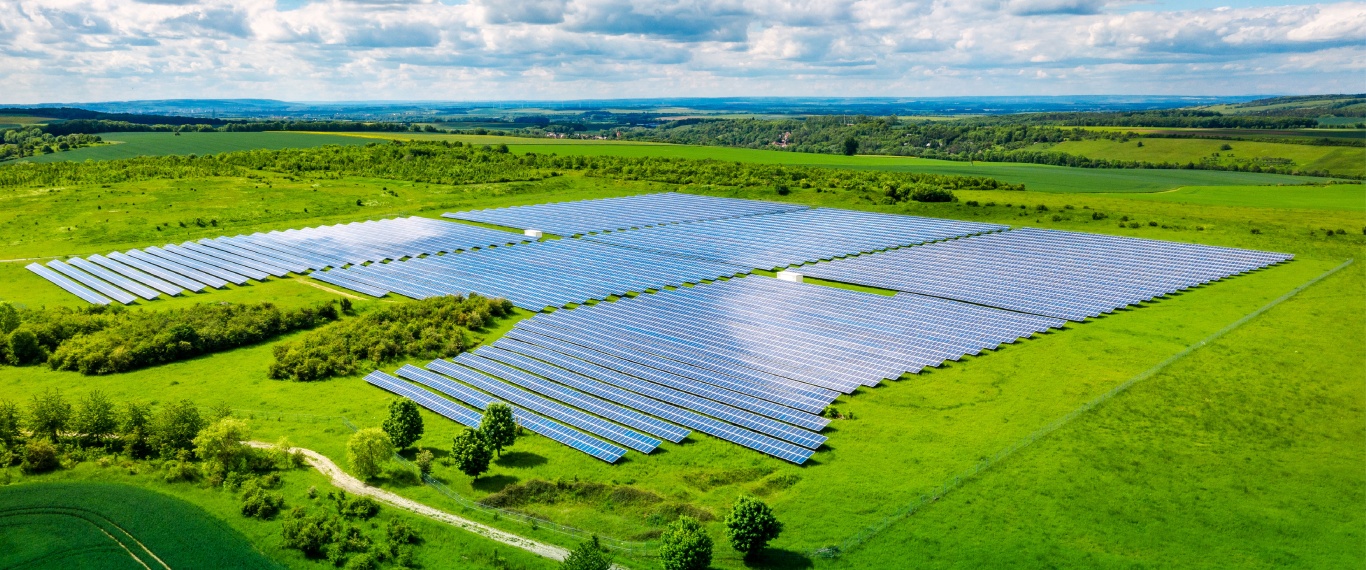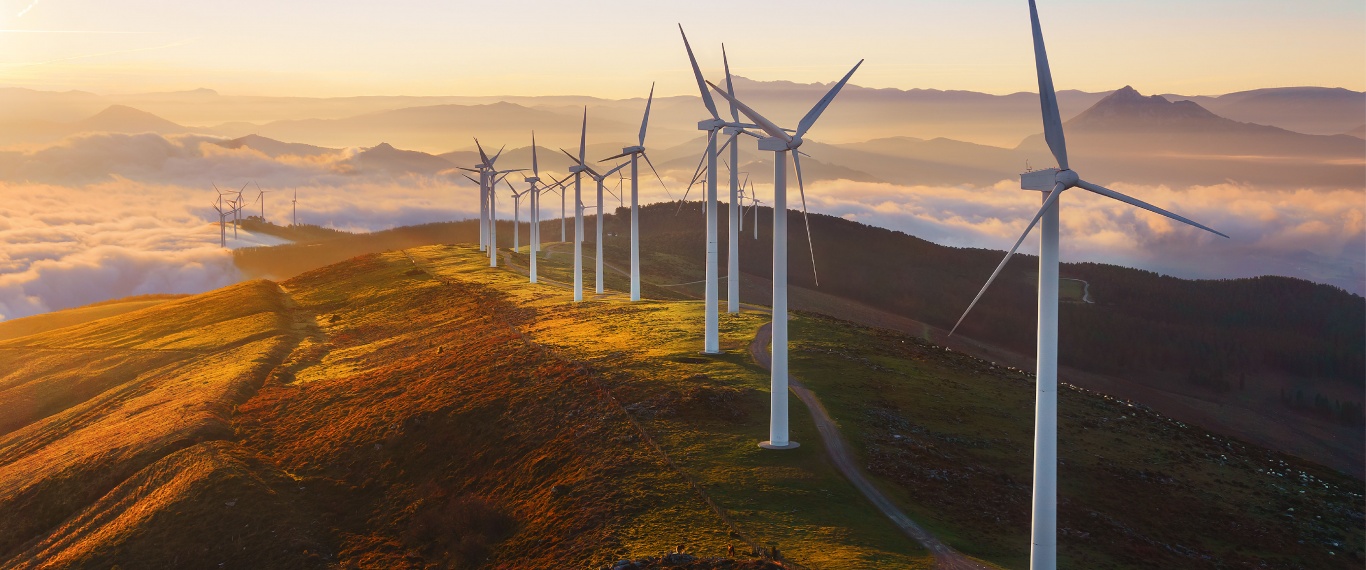Đây là một trong các nội dung được Ban Chấp hành Trung ương Đảng khóa XIII xem xét, cho ý kiến tại Hội nghị ngày 25/11.
Cụ thể Thông cáo báo chí của Hội nghị nêu: “Về Chương trình điện hạt nhân tại Việt Nam: Ban Chấp hành Trung ương Đảng cơ bản thống nhất chủ trương tái khởi động Dự án điện hạt nhân Ninh Thuận và tiếp tục nghiên cứu Chương trình điện hạt nhân tại Việt Nam nhằm bảo đảm vững chắc an ninh năng lượng quốc gia, đáp ứng mục tiêu phát triển kinh tế - xã hội, tăng cường tiềm lực khoa học, công nghệ và phát triển bền vững đất nước. Giao Bộ Chính trị chỉ đạo các cơ quan, địa phương có liên quan nghiên cứu, xây dựng Đề án phát triển điện hạt nhân tại Việt Nam trong thời gian tới; trước mắt tiếp tục nghiên cứu Dự án Nhà máy điện hạt nhân Ninh Thuận, báo cáo cấp có thẩm quyền xem xét, quyết định”.
Dự án điện hạt nhân tại tỉnh Ninh Thuận từng dự kiến xây dựng, nhưng tháng 11/2026 tạm dừng theo quyết định tại Nghị quyết của Quốc hội. Dự án này được đề xuất phát triển với mô hình lò tiêu chuẩn, sử dụng công nghệ làm mát bằng nước của Nga và Nhật Bản, thuộc thế hệ III+. Đây là các thiết kế đảm bảo nhiều tiêu chí về an toàn hậu sự cố Fukshima.

Khu vực từng được dự kiến xây dựng Dự án Nhà máy điện hạt nhân Ninh Thuận
Theo Quy hoạch điện VIII, Việt Nam sẽ không xây dựng các nhà máy nhiệt điện than sau năm 2030, nhà máy điện khí sau năm 2035. Theo đó, các nguồn điện năng lượng tái tạo là điện gió, điện mặt trời tiếp tục ưu tiên phát triển để đảm bảo giảm phát thải carbon và mục tiêu cam kết tại COP26 về trung hòa carbon vào năm 2050.
Dĩ nhiên, việc triển khai chương trình điện hạt nhân khó, yêu cầu cao, khắt khe, nhưng chương trình điện hạt nhân thành công sẽ đưa năng lực khoa học, công nghệ, năng lực công nghiệp của đất nước lên tầm cao mới, thúc đẩy sự phát triển kinh tế và là tiềm lực quốc gia. Quá trình phát triển điện hạt nhân tại nhiều nước trên thế giới đã chứng minh điều đó.

Diễn tập ứng phó sự cố bức xạ và hạt nhân năm 2023 tại Lò Phản ứng hạt nhân Đà Lạt
Điện hạt nhân cần có sự chuẩn bị lâu dài trong nhiều năm. Đồng thời đáp ứng nhiều yêu cầu quan trọng như: đào tạo nguồn nhân lực, nâng cao năng lực về công nghệ, an toàn điện hạt nhân, xây dựng hệ thống pháp quy hạt nhân đầy đủ, chuẩn bị cơ sở hạ tầng cho việc triển khai dự án, xây dựng năng lực khoa học công nghệ, quản lý dự án, công nghiệp...
Theo thống kê của Cơ quan Năng lượng Nguyên tử Quốc tế (IAEA), thế giới có 440 lò phản ứng hạt nhân, trong đó 94% đang hoạt động ở 30 quốc gia. 70% số lò phản ứng toàn cầu sử dụng công nghệ lò phản ứng nước áp suất (PWR), theo Hiệp hội Hạt nhân Thế giới (WNA).
Cũng ghi nhận của IAEA, tính đến ngày 19/9/2024, có 34 quốc gia, vùng lãnh thổ đang sử dụng, xây dựng nhà máy điện hạt nhân với tổng số 415 lò phản ứng điện hạt nhân được vận hành, với tổng công suất lắp đặt 373.735MW.
Nguồn: Tạp Chí Năng Lượng Sạch

















